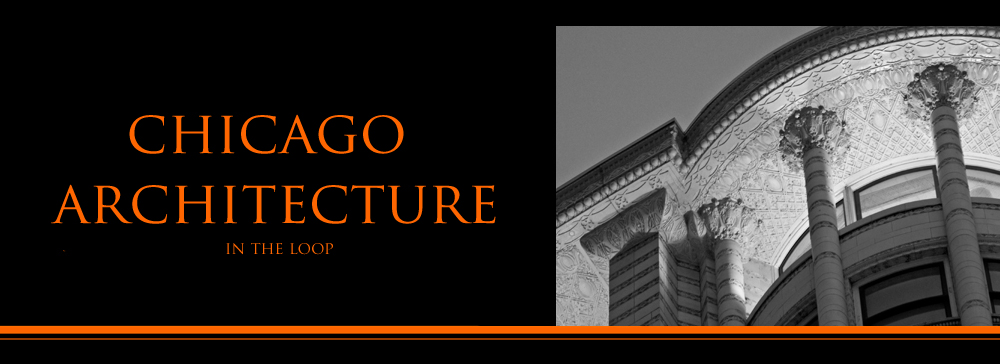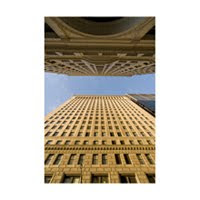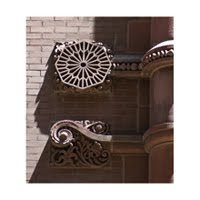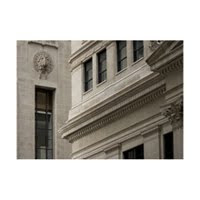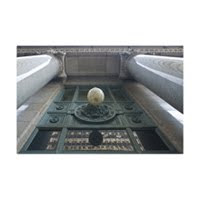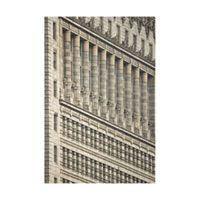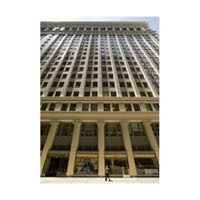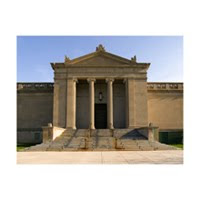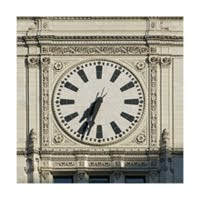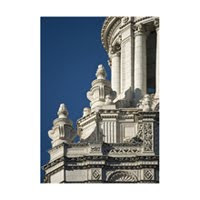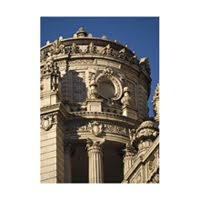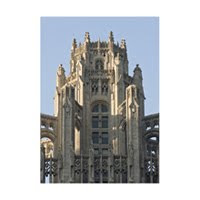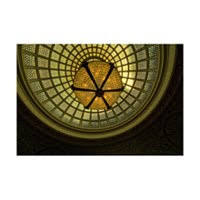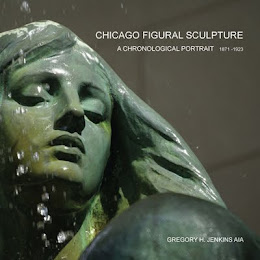Disciplined. Versatile. Prolific.
Charles Atwood (1849 - 1896). Daniel Burnham's lead designer from April of 1891 through most of 1896. The guy who "replaced" John Root. The opium addict who said he was a bachelor, but supported a wife in New York; who did a couple of interesting buildings (Fisher and Reliance) after the classical badstuff at the Fair (the Fine Arts Palace was "okay" though) and then smoked himself to death just before Christmas of '96. And, yes, there's a restaurant with his name on State Street (a good one, btw).
That's the story. Chicago is full of stories.
Previous posts have referenced some of Atwood's design versatility. They barely scratched the surface. Atwood produced over 30 structures for the Fair alone in a remarkable range of scales and styles. Link HERE for the list. Thomas Hines credits D.H.Burnham and Company with 42 more structures between the years of 1892 and 1896. (Some structures listed have been credited to John Root, some lesser commissions were delegated within the firm.) Still a conservative list would include some 40 or 50 buildings for which Atwood could claim at least partial responsibility in a five year period. This volume of work requires rigid discipline. It is not the product of an impaired mind. And let's look beyond the usual portfolio. Below are images of Terminal Station, The Forestry Building, La Rabida, Ellicott Square Building (Buffalo, NY), the Great Northern Theatre and Office.
THE TERMINAL BUILDING AT THE COLUMBIAN EXPOSTION
CREDIT Link Here
THE FORESTRY BUILDING AT THE COLUMBIAN EXPOSTION
CREDIT Link Here
LA RABIDA
CREDIT Link Here
THE GREAT NORTHERN OFFICE AND THEATER (RIGHT)
CREDIT Link Here
THE ELLICOTT SQUARE BUILDING (BUFFALO, NY)
CREDIT Link Here
I particularly like the Ellicott Square Building. It is a picture perfect transition from Root's Rookery (Atwoods' predecessor at D. H. Burnham) to Dinkelberg's Heyworth Building. (Dinkelberg was Atwood's assistant who followed). We forget that D.H. Burnham and Company was a firm with clients nationwide. And to get the whole story, sometimes we need to travel a little.
____________________
Speaking of Buffalo, I highly recommend Architect David Steel's BUFFALO. Link here for preview and purchase.
______________________
THE FIELD MUSEUM LIBRARY and the BROOKLYN MUSEM are amazing sources for photo images of the Columbian Exposition -- and worth as much time as you can give them.
______________________
Glad to be back online. My new Studio is shaping up nicely, with some exciting new projects in the works.
________________________
FOR MORE CHICAGO ARCHITECTURE, SCULPTURE and PHOTOGRAPHY
LAUNCH AT
